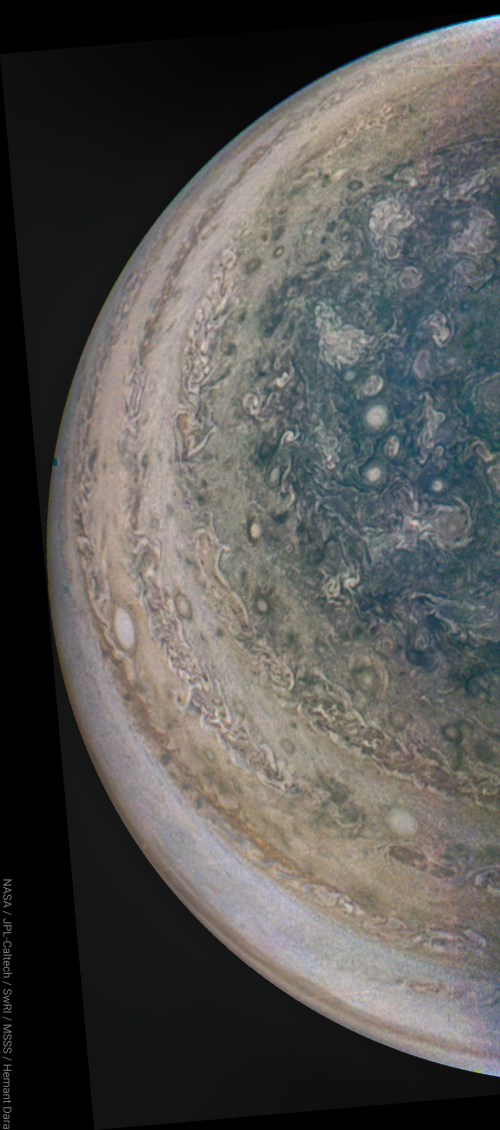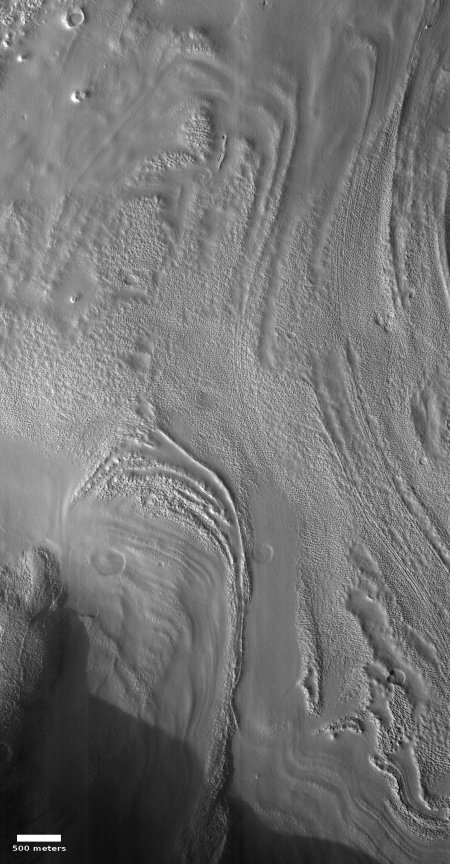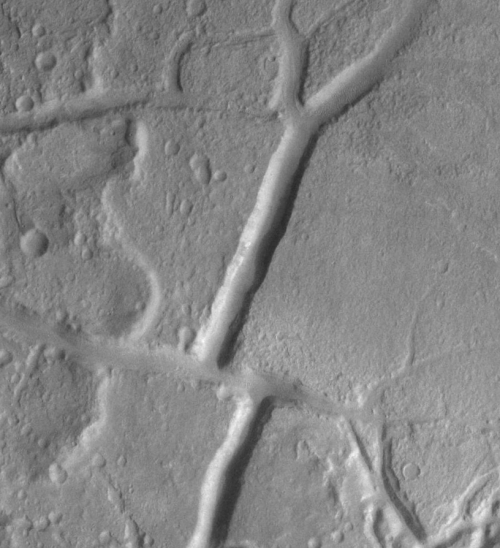Electrical disconnect caused Rocket Lab’s July 4th launch failure
Capitalism in space: According to Rocket Lab’s investigation into the July 4th launch failure, an electric connection detached and cut off power to the upper stage, causing it to cease firing prematurely.
Once the electrical system disconnected in flight, it cut power from the rocket’s battery to the electric turbopumps on the Electron’s second stage Rutherford engine. That caused the engine to switch off prematurely around five-and-a-half minutes after the rocket took off from Rocket Lab’s launch base in New Zealand.
The early engine shutdown prevented the rocket from reaching the velocity necessary to enter a stable orbit around Earth, according to Peter Beck, founder and CEO of Rocket Lab, a small satellite launch company headquartered in Long Beach, California.
But telemetry continued streaming from the launch vehicle back to Rocket Lab’s control center in Auckland, New Zealand, allowing engineers to analyze data and determine the cause of the failure. The kerosene-fueled second stage engine shut down in a controlled manner, and the rocket coasted to an altitude of around 121 miles (195 kilometers) before re-entering the atmosphere and burning up.
Now that the company understands what caused the detachment, it will institute testing to make sure it doesn’t happen again. The fix however will not require any redesign of the rocket, and so they are targeting late August for their next launch, followed in September with the first launch from Wallops Island, Virginia. They also still expect to complete one launch per month through the end of the year.
Capitalism in space: According to Rocket Lab’s investigation into the July 4th launch failure, an electric connection detached and cut off power to the upper stage, causing it to cease firing prematurely.
Once the electrical system disconnected in flight, it cut power from the rocket’s battery to the electric turbopumps on the Electron’s second stage Rutherford engine. That caused the engine to switch off prematurely around five-and-a-half minutes after the rocket took off from Rocket Lab’s launch base in New Zealand.
The early engine shutdown prevented the rocket from reaching the velocity necessary to enter a stable orbit around Earth, according to Peter Beck, founder and CEO of Rocket Lab, a small satellite launch company headquartered in Long Beach, California.
But telemetry continued streaming from the launch vehicle back to Rocket Lab’s control center in Auckland, New Zealand, allowing engineers to analyze data and determine the cause of the failure. The kerosene-fueled second stage engine shut down in a controlled manner, and the rocket coasted to an altitude of around 121 miles (195 kilometers) before re-entering the atmosphere and burning up.
Now that the company understands what caused the detachment, it will institute testing to make sure it doesn’t happen again. The fix however will not require any redesign of the rocket, and so they are targeting late August for their next launch, followed in September with the first launch from Wallops Island, Virginia. They also still expect to complete one launch per month through the end of the year.








